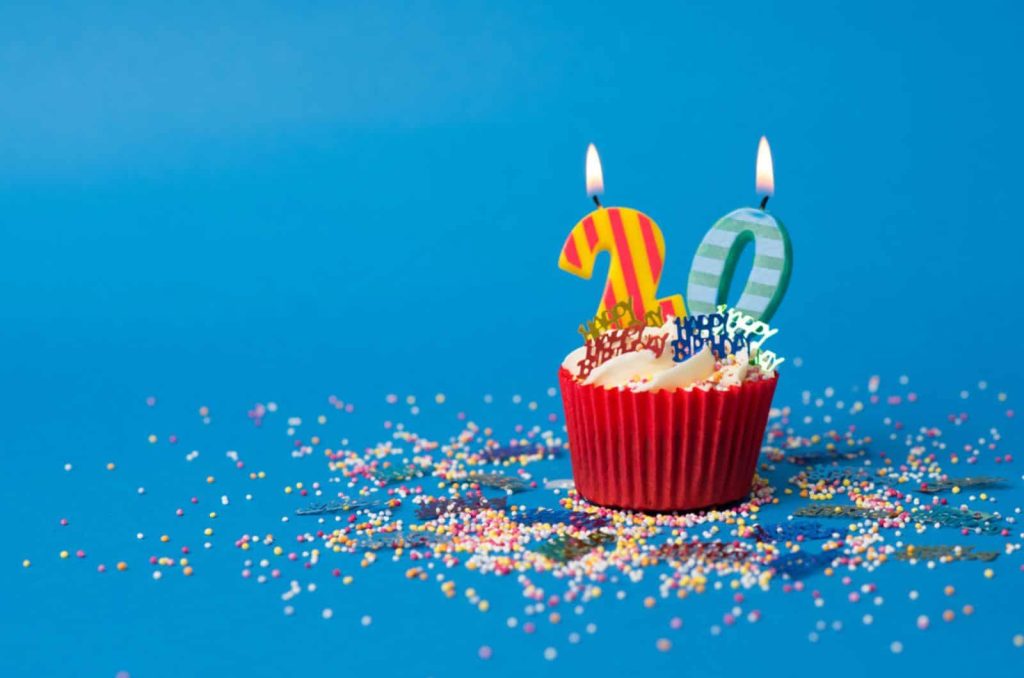Last month we were on vacation and traditionally that means no computer and no programming on FS tools for a while. But of course you always have your brain with so, so vacation is a good month to think about new features for tools and things like that. During the last vacation most thinking-energy went into scenProc and I would like to share the roadmap I see for the future with you.
Let me start with a caution as well. There is no concrete project that I am working on at the moment that requires the things I want to add. So it is purely out of interest that I try to research these new features. I have no idea when or if I will reach the end state I have in mind. I guess only future will tell, don’t hold your breath for it.
scenProc started as a tool to make the creation of autogen for big areas easier. But I think the limits of what can be done with autogen are kind of reached already. So not too much new features can be added it that anymore. Later on I also added terrain vector and resample scenery output in scenProc and the possibility to create 3D buildings (as MDL objects). The latter is really useful to overcome the limitations of autogen when trying to create realistic buildings in a big area. Autogen is always rectangular and that just does not fit real world buildings that well.
My plan is to improve the 3D building output, by adding more roof types and allowing more complex shapes. For example have mansard roofs as well or allow different heights and different roof types within one building. I have actually started coding some of these features already, I will make a sneak preview video of the results soon. I think this 3D building generation would also be useful to have in ModelConverterX, as it will allow you to make generic buildings areas than modelling them in Blender or 3DS Max. So I think the new features I develop for scenProc will also make it into ModelConverterX as a new wizard later on.
But the whole idea of scenProc is of course to be able to generate scenery in a geo-data driven way. So to be able to feed that 3D building step that can make more realistic buildings, it is needed to somehow get the data that define these buildings. I haven’t seen a lot of GIS data that contains information on roof types and such. So my intend is to derive this information from raster imagery.
That however won’t be possible with the basic texture filter that is available now. Last year I have added the first bit of machine learning to the texture filter with the SVM step and I think more machine learning algorithms are needed to derive such building details as well. I have already found some scientific papers on these subjects as inspiration. But for me all these machine learning algorithms are also quite new, so I guess it will be some learning curve.
Once learning more machine learning methods, I think other features than buildings will also benefit from it. For example the detection of water or vegetation might also benefit from these techniques. I even think that doing water detection with machine learning might be a good way to learn the techniques, before I jump in the more complex problem is detecting roof types.
So to sum this all up, I mainly see new scenProc features in these three areas of the coming period:
- Improvements to the 3D building output to generate even more realistic buildings.
- More machine learning techniques in the texture filter to detect information from imagery. This will benefit:
- Water detection
- Roof type detection

 SceneryDesign.org
SceneryDesign.org